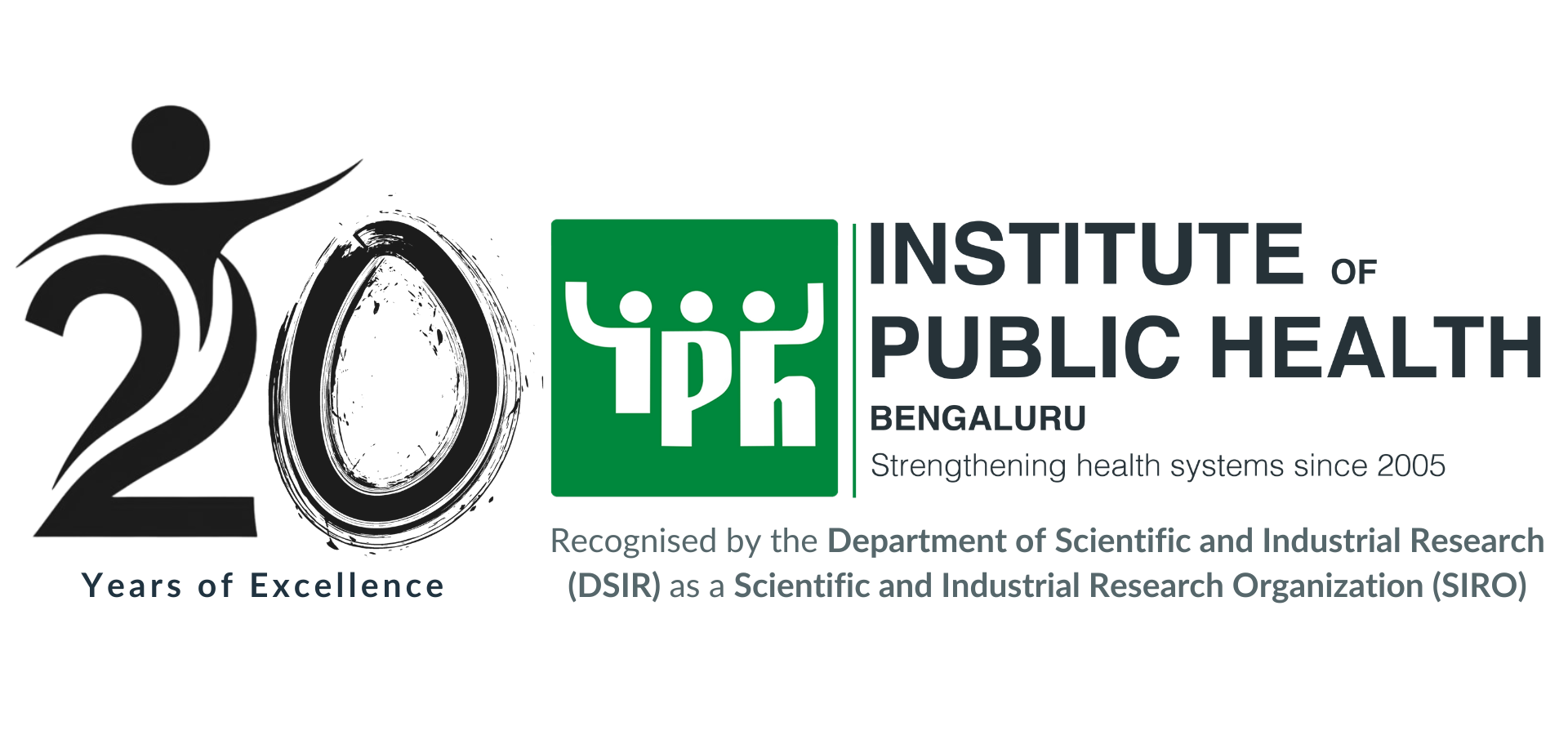For those who read my blog two weeks ago ( CP or CP) this is the promised second part attempting to explain why theory does not translate into practice in public health. This blog is not the result of a field visit like the last one, rather, a different approach dictated by my confinement by a viral fever. So, friends, read on……..
” We are as lost as our fellow surgeons in hitting the right plane,
in public health….Or are we knife shy?”
The opportunity to investigate this question of the preventive/curative divide in the health services of our country has presented itself, and I thought why not use the technological tool of the moment and ‘google’ it? And this is what came up on typing ‘preventive/curative divide’
The Cambridge social history of Britain 1750-1950, Volume 3 (click here)
Amazing how the root of the issue came to light at the click of the button! For those who don’t want to go to the link, the fact that our public health services are conceptually distinct from our medical services go back to our colonial past when the industrial revolution, and subsequent urbanisation resulted in epidemics. A pragmatic approach to preventing disease by sanitary measures in populations (Remember John Snow?) evolved , as opposed to the treatment of the individual patient. Over time, the latter became the dominant power in the practice of medicine, and the split between the preventive and curative approaches widened steadily in the early part of the twentieth century. These approaches, along with much else were probably exported to our nation at the time of independence. They took root, despite opposition and reflection and even infiltrated medical education. And until today we are unravelling the skeins in the way our health services are planned, run and held accountable.
Strangely the next thing the google list threw up was an article from a colleague Beyond Tb- Public Health
And for those who prefer the shortcut, Dr. Devadasan talks about the artificial divide between prevention and cure, when he looked at a visit to a doctor from the point of view of the adivasi patient. Simply stated, there is no preventive or curative role, rather a simple desire to be healed.
So what does the adivasi patient see that the doctor does not? A mind uncluttered with ideas that divide will deal with treatment of the present illness as well as information on immunisation for the baby. Every interaction between the health service and community is optimised. But if the health service is fractured by its very structure, this is difficult, if not impossible.
So what have we on the ground ?
- A doctor who manages the RCH programme, but has neither the infrastructure nor support (including drugs and lab services) to handle an epilepsy or a juvenile diabetic.
- A busy hospital OPD for paediatrics, with personnel who have no time to ask the mother if she would like to delay the next pregnancy.
- A group of ANMs fumbling with denominators for immunisation data, because the HMIS is not streamlined.
- Overburdened tertiary services, because people just don’t know where to go?
I wonder when a concept can be recognised for what it is……. an idea that may be changed even after 60 years of doing things in a particular way. Or is it like the Emperor’s new clothes where we are too afraid to face the truth and all the work that might entail?
For those who are interested in how a concept can grow a life of its own,click here
-Prevention vs Cure- which takes precedence?
And finally, a ray of hope?
Consultation on History of Health Care in India: The Past in the Present Morarji Desai National Institute of Yoga, Dept of AYUSH in collaboration with WHO Country Office for India – click here



